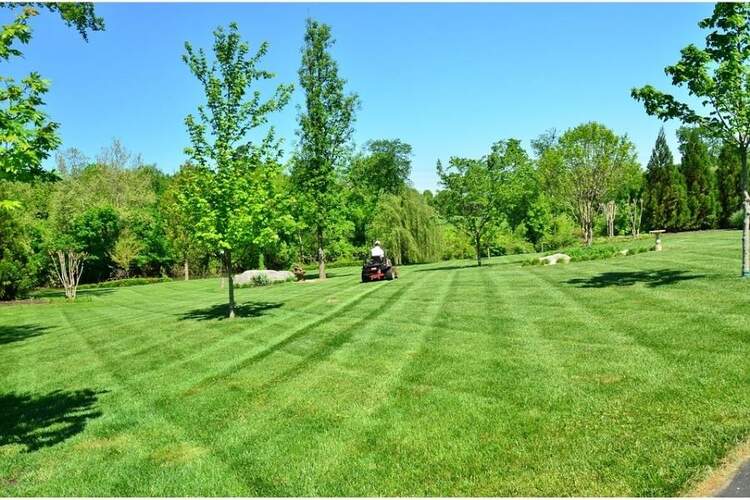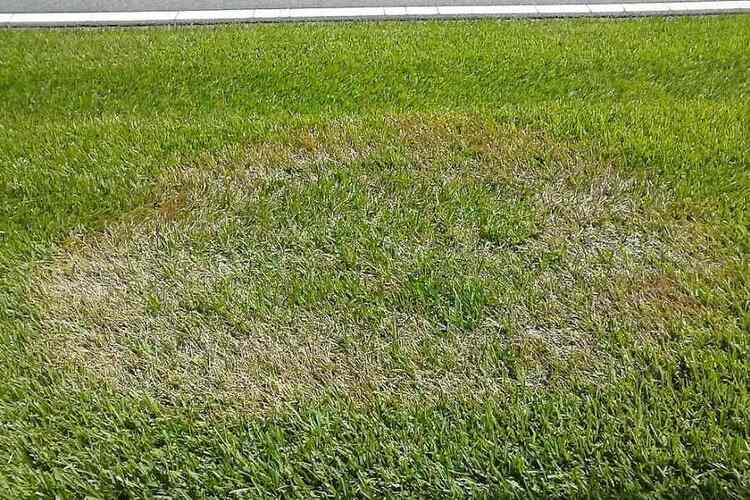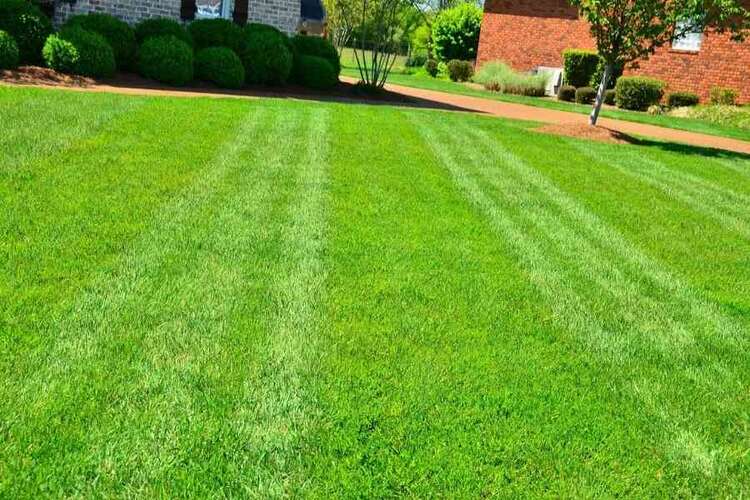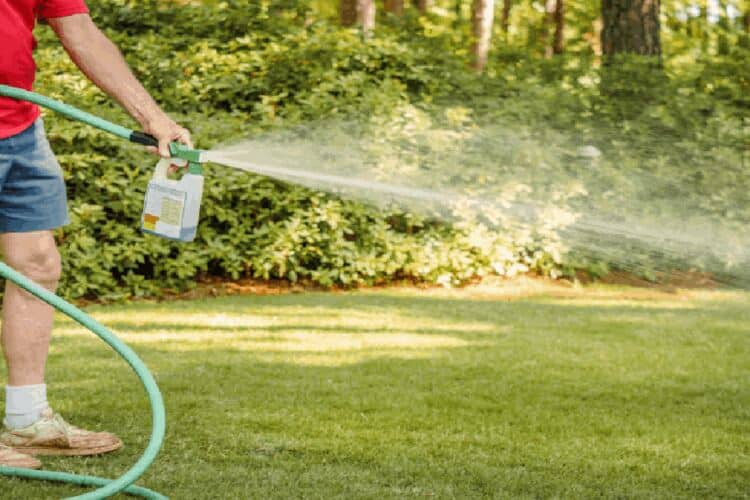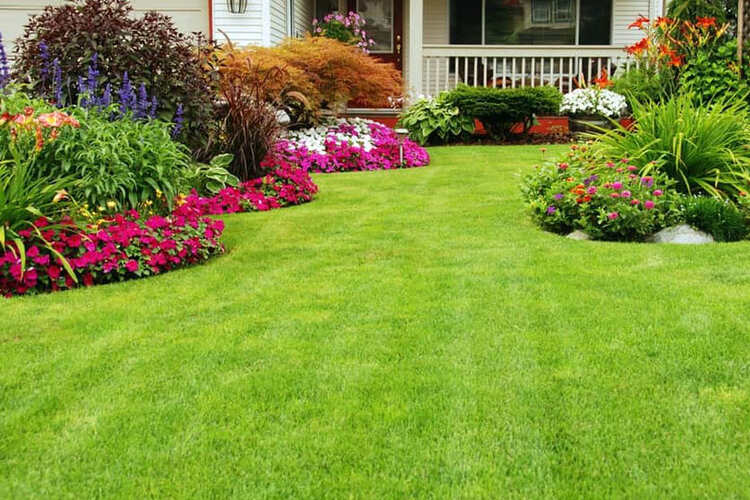How To Grow The Healthy Green Grass: Tips and Tricks
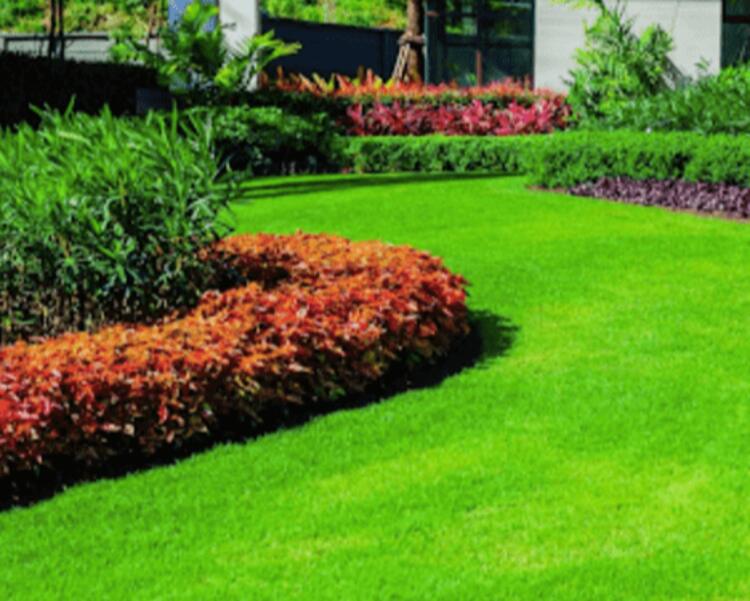
It is very important to provide enough light and natural light for the lawn so that it can grow in healthy soil and get enough nutrients. Finally, to avoid the growth of weeds on the lawn, it is necessary to close it closely and remove any visible weeds or other plants that may lead to their occurrence in the future.
How To Grow Healthy Green Grass?
Following these principles will help you grow a healthy, beautiful, weed-free lawn that will delight your eyes for years to come.
Step 1: Soil preparation
Proper soil preparation is the basis for a successful lawn without weeds. Before sowing lawn grass, it is necessary to carry out several procedures for optimal soil conditions.
The first step is to clear the area of debris, stones, roots, and other organic debris. Then you need to carefully work the earth, loosen it to a depth of at least 10–15 cm, remove large lumps, and evenly distribute the soil.
After that, you can start fertilising the soil. To do this, it is necessary to determine the acidity of the soil and choose a suitable fresh fertiliser according to the instructions on the package. In addition, peat, manure, ash, and sand can be added to the soil if it is too clayey.
It is important to remember that lawn grass seeds need to be sown in moist soil, so after cultivating the land, you must wait a few days before sowing. Also, do not forget about regular watering and lawn care after the first shoots appear.
Step 2: Choosing the right herbal blend
Choosing the right grass mixture is an important step in growing a beautiful and healthy lawn. Each region has its own characteristics in terms of climate and soil, so you need to choose a mixture that is right for your region.
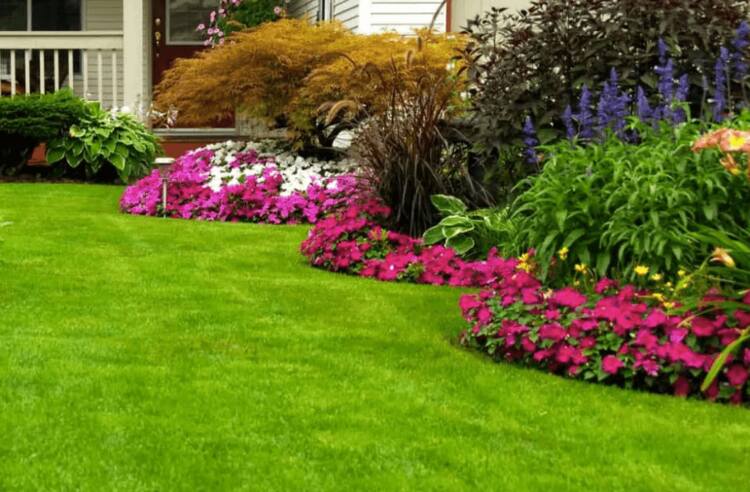
Make sure the herb mix contains grass varieties that grow well in your soil. If you have light soil, choose a millet mixture that is well adapted to this type of soil. For heavy soils, it is better to choose a mixture of barley grasses, which improve drainage and increase vegetation productivity.
If your lawn is in the shade for most of the day, choose a mixture that contains shade grasses, such as festal or heather. If your lawn is in full sun, it’s best to choose a mixture with puffins and St. John’s wort, which tolerate high temperatures and bright light well.
A well-maintained lawn sets the stage for further enhancements and the development of your garden, which can encompass a diverse array of plants and a dedicated space for you, your family, or friends to unwind.
This leisurely pursuit is widely embraced, especially when your outdoor space can accommodate a sheltered area complete with all the necessary tools for tending to the garden, a barbecue setup, and even a television for solitary summer evenings or movie nights with companions. To facilitate such moments, ensuring top-notch broadcasting and access to various streaming platforms, including the likes of HBO Max, can be immensely beneficial.
Whether you’re enjoying a film, or show, or enhancing your garden, utilizing HBO Max in tandem with a VPN like HBO Max VPN (https://veepn.com/blog/hbo-max-vpn/) is a smart decision that caters to all your interests. Even for us avid gardeners, there’s an abundance of valuable content available on this streaming platform, offering the chance to catch up on all the seasons of “Full Bloom” and much more.
Don’t forget to use sustainable mixes: they provide a healthy environment for the vegetation and animals in your yard.
- Evaluate the features of your site before buying
- Choose a mix that suits the climate and soil in your area
- Consider the amount of light in your area when choosing a mixture
- Use eco-friendly mixtures for the best health of your lawn
Step 3: Lawn sowing
Choosing the right time to sow your lawn is critical to strengthening the root system of the grass and controlling weeds. The ideal time for sowing a lawn is the period from mid-spring to early autumn when the air temperature fluctuates between +10°C and +25°C.
Before planting, determine the type of lawn you want to grow. This will help you choose the right soil composition and seeds. Choose quality seeds that are suitable for your area’s climate and meet your grass colour and thickness requirements.
Before sowing, make sure the soil is loose and well-drained. Remove rocks and other obstructions from the ground and dig up the soil to give the grass enough room to grow. Level the surface and make sure it is even.
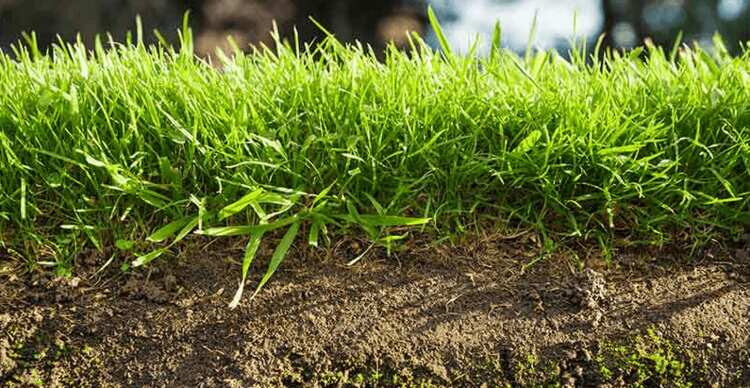
After preparing the soil, distribute the seeds evenly by hand or use a special sowing machine. After sowing, lightly flatten the seeds with soil and water thoroughly using a spray or drip irrigation system. To retain moisture, you can cover the crop with mulch or a special cloth.
In order for the lawn to grow evenly, it is important to maintain the soil during the entire growth process. Water regularly, remove weeds and mow the grass to the desired size.
Step 4: Watering the lawn
Proper watering of the lawn is a key factor for its growth and health. Consider the local climate, lawn type, and time of year to determine the amount of water needed for irrigation.
During the hot months, lawns need to be watered about 2-3 times a week, while in general, lawn watering should be moderate and regular. Frequent shallow watering can create shallow roots that don’t reach deeper, where they can get more moisture and nutrients. Water your lawn early or in the evening to avoid water evaporation and reduce the possibility of fungal infections.
If you notice that the ground under the lawn is too dry, do not panic and flood it with water. Instead, water the lawn with small amounts of water scattered over dry areas. This allows the earth to absorb water without waterlogging.
Conclusion
So, we hope you get the tips you need to grow and keep your green grass healthy. For the grass to thrive in good soil and get enough nutrients, it is crucial to supply adequate water, fertiliser, and natural light. The lawn must also be kept tightly closed and any apparent weeds or other plants that may encourage their regrowth in the future must be eliminated if weeds are to be prevented from growing there.


